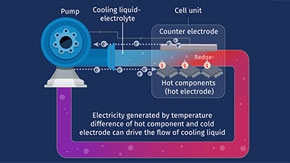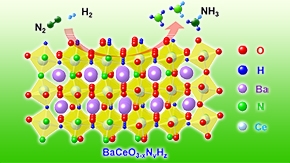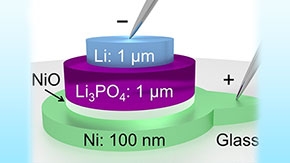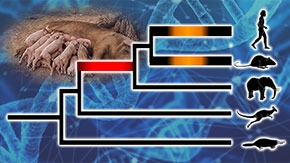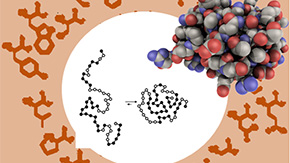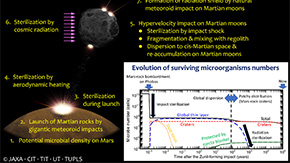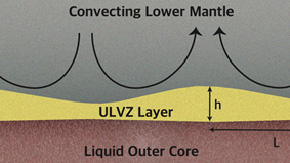Tokyo Tech Bulletin is an email newsletter introducing Tokyo Tech's research, education, and students' activities. The latest edition, "Tokyo Tech Bulletin No. 59," has been published.
To get the most recent news from the Institute directly to your inbox, subscribe to Tokyo Tech Bulletin outer now.
SPECIAL TOPICS
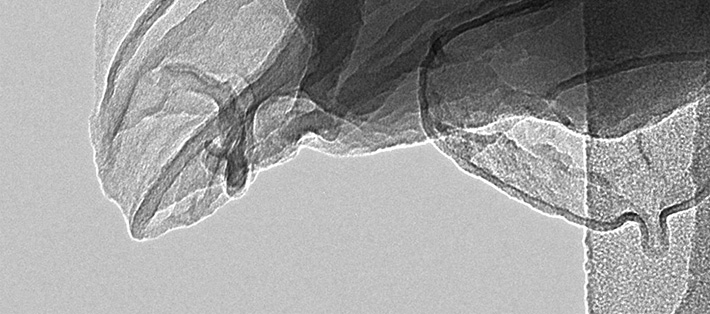
Hydrogen boride nanosheets: A promising material for hydrogen carrier
Researchers at Tokyo Tech, University of Tsukuba, and colleagues in Japan report a promising hydrogen carrier in the form of hydrogen boride nanosheets. This two-dimensional material, which has only recently begun to be explored, could go on to be used as safe, light-weight, high-capacity hydrogen storage materials.

Everyone welcome here
HUB-International Communications Space
Nestled in the center of Tokyo Tech's Ookayama Campus is HUB-International Communications Space or "that place on campus where you can hang out." Anyone — from any language background and any field of study — can drop in, join a conversation or an event, and connect with others in an open, inclusive atmosphere.
Research

DNA is only one among millions of possible genetic molecules
Scientists computed a zoo of millions of alternate genetic polymer molecular structures, giving context for why biology encodes information how it does, and providing potential leads for new drugs and a guide to searches for extraterrestrial biology.
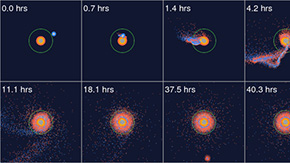
Terrestrial magma ocean origin of the Moon
For the first time, the researchers conducted 3D simulations of the giant impact when the early Earth had a magma ocean on its surface. Their simulations clearly show that the presence of the magma ocean helps to form the moon, which originated from the Earth's material, solving the long-standing issue of giant impact simulations.
In the spotlight
. Any information published on this site will be valid in relation to Science Tokyo.




